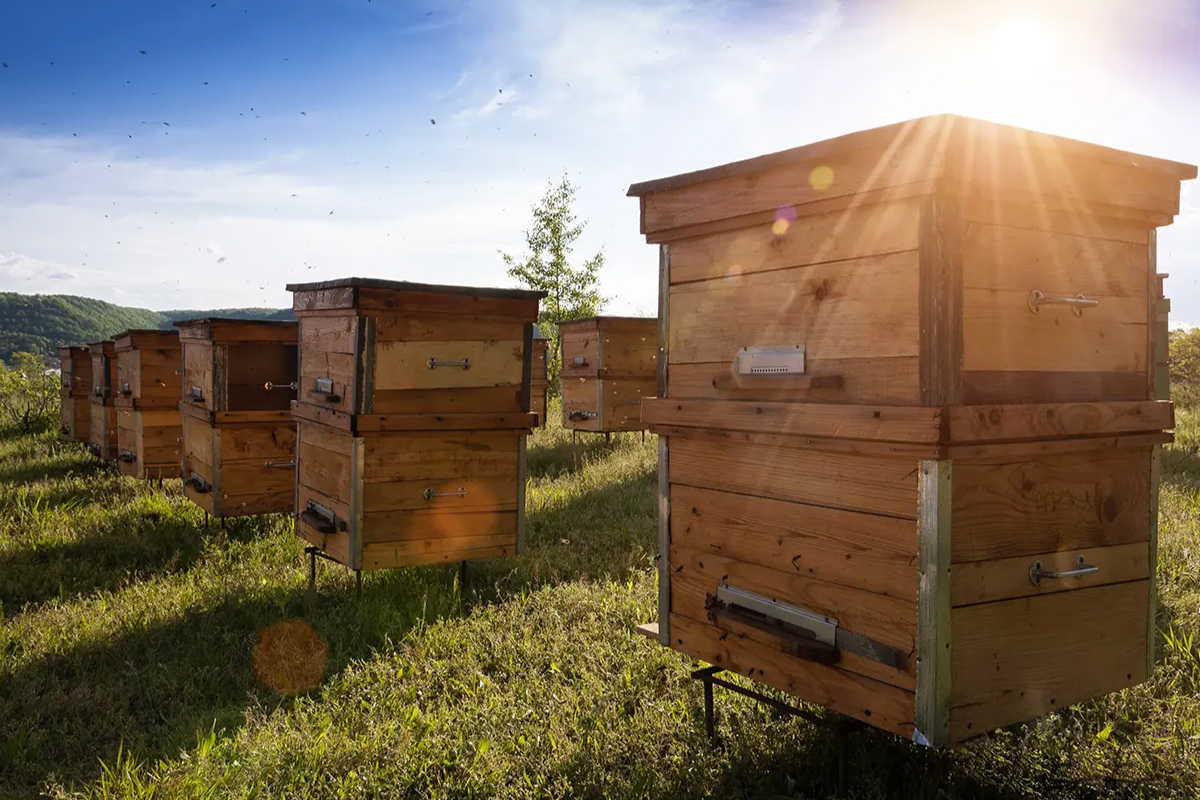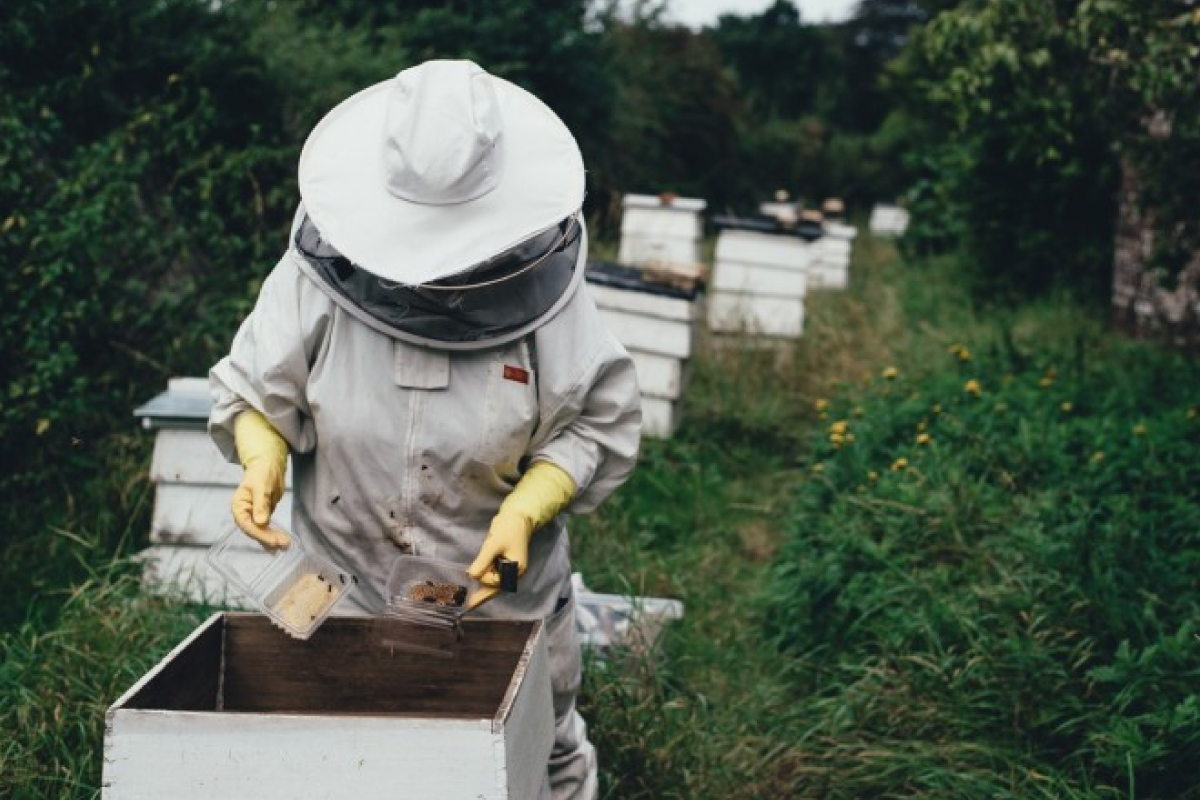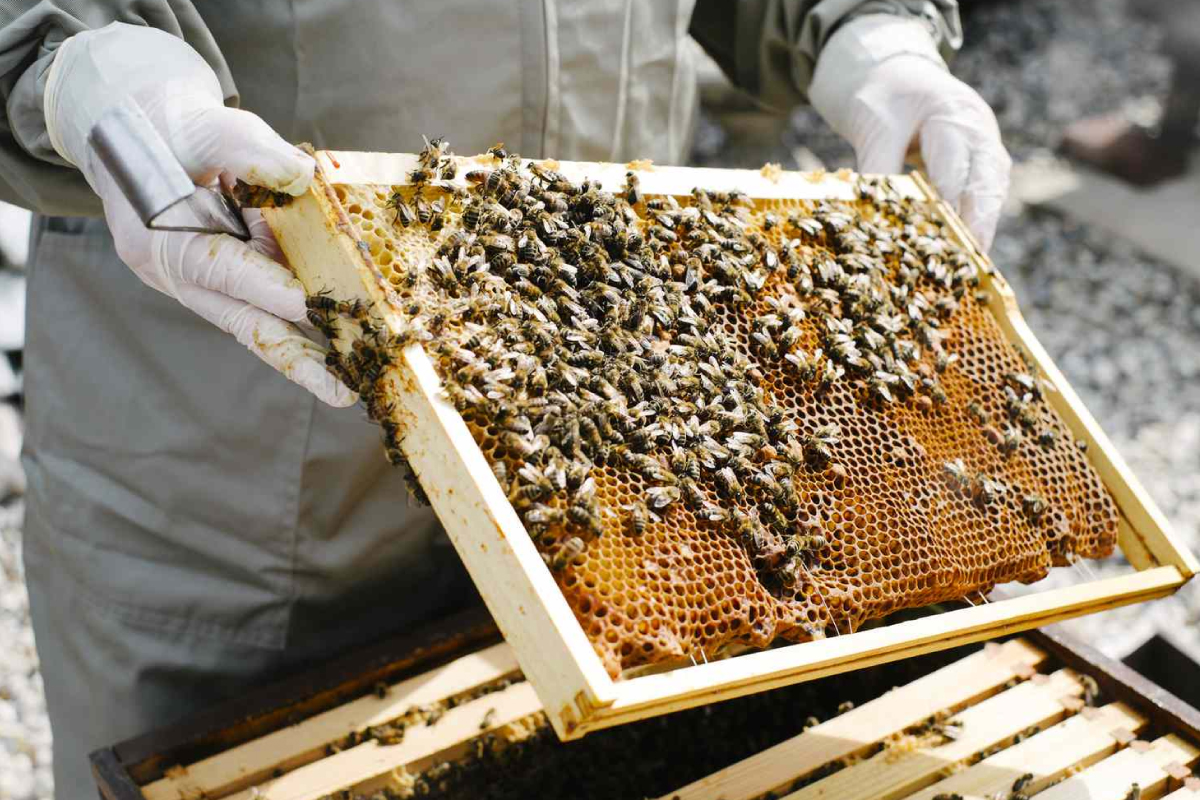
SOUTH AFRICAN HONEY
It also has one of the highest ranges of biodiversity in the world, which generally refers to the richness or variety of life in an area, including the number of plant species found in their respective areas.
These include flowering plants that are popular with bees, such as the national flower Fynbos, Blue Gum and Honeybush plants. Some of these plants are well known to be high in volatile oils, flavonoids, triterpenes and antioxidants and therefore has many medicinal health benefits, including improved bone and skin health, it is also antibacterial, anti-fungal, antimicrobial, anti-inflammatory, anti-diabetic and has anti cancer properties.
With a land surface of 1.22 million square km – representing less than 1% of the world’s total land surface – South Africa contains almost 10% of the world’s total known bird, fish and plant species.

South Africa is also an agricultural exporter with over 50% of its’ agriculture exports consisting of fruits and nuts. Therefore, it is no surprise that South Africa is home to a large population of bees which is essential for the survival of these plants.

While South Africa is known to have 2 main bee species, the South African Honey Bee and the Cape Honey Bee, it actually boasts an incredible diversity of 1400 indigenous bee species. They range from social bees that live in colonies to solitary bees that make their nests in the ground, resin or wood tunnels, and even parasitic bees that lay their eggs in other nests.


The 2 main bee species includes managed bees consisting of an estimate of over 160,00 beehives are responsible for producing around 2000 tons of honey every year, but are mostly consumed locally as the local demand is very higher.

